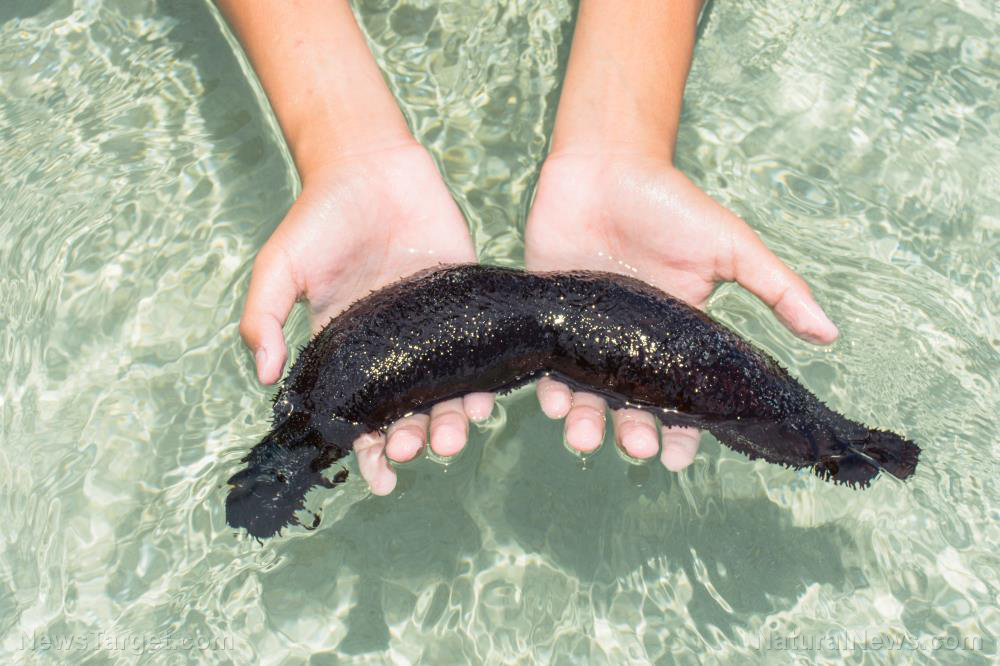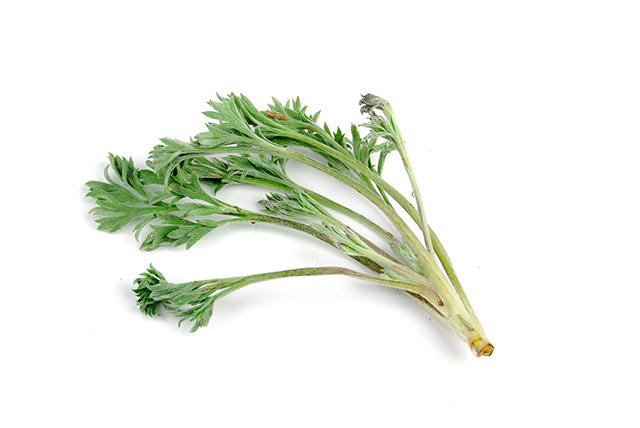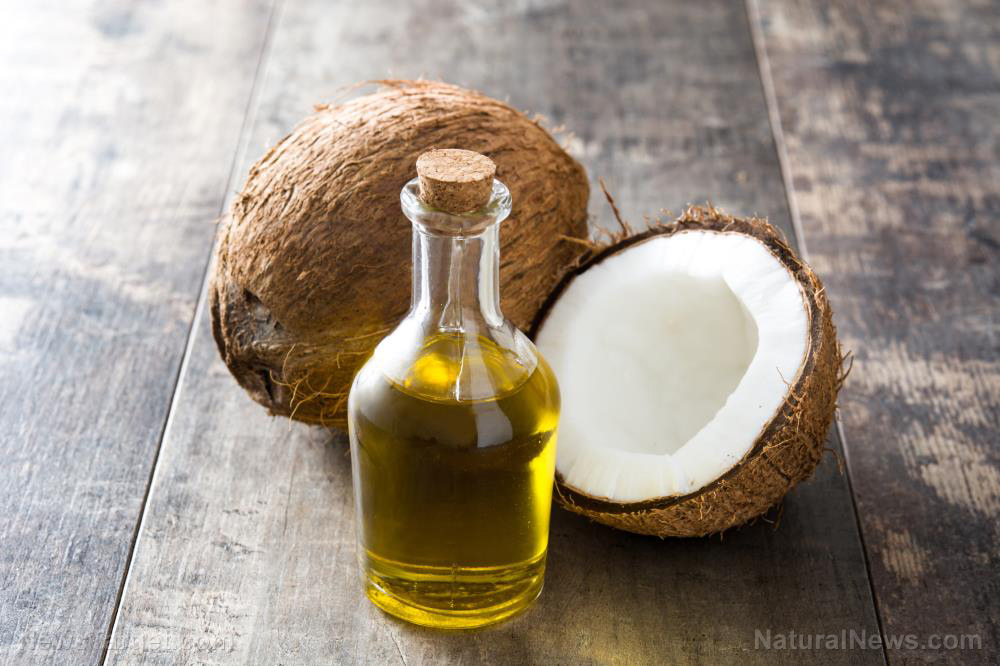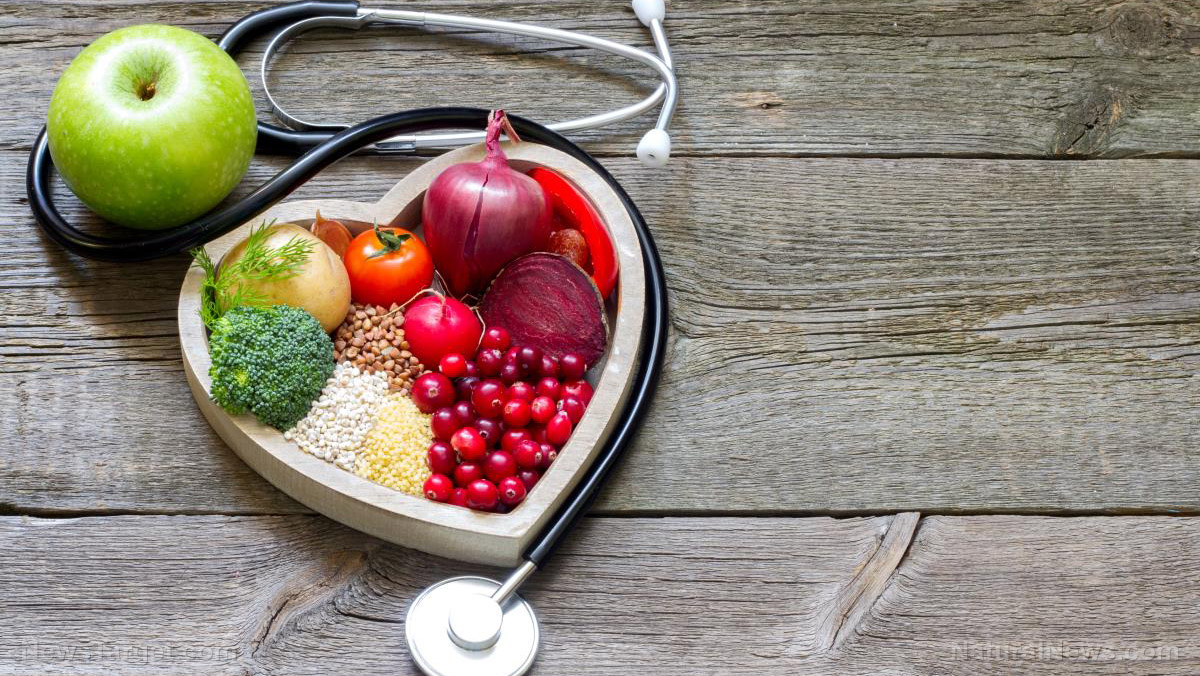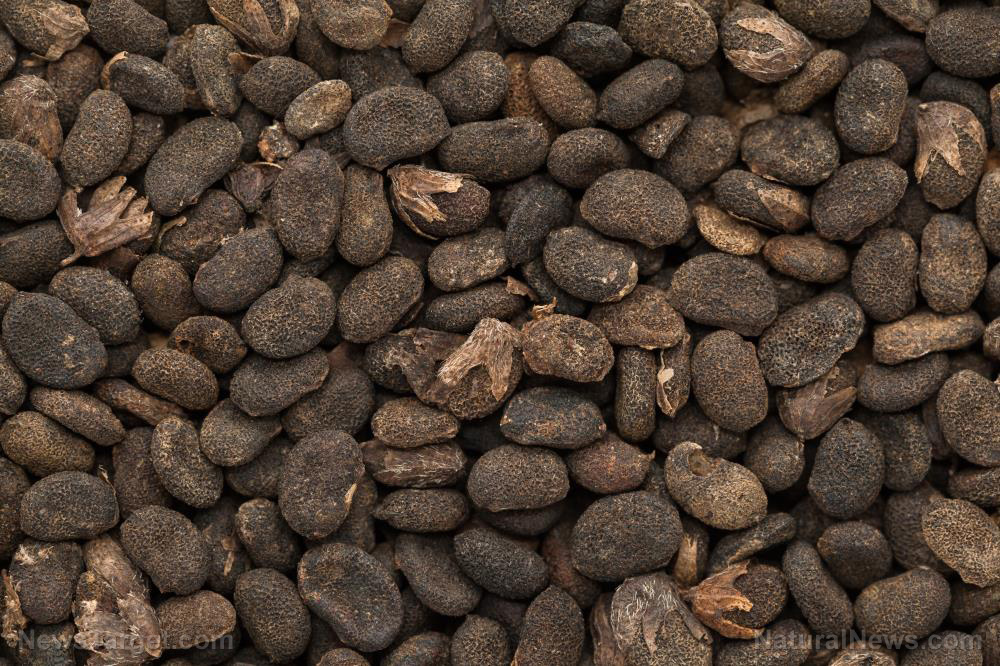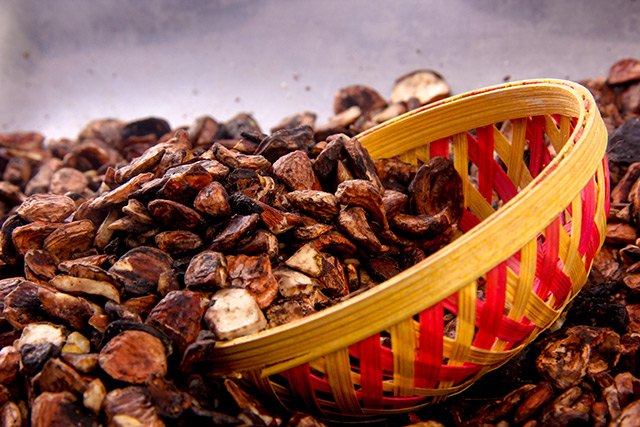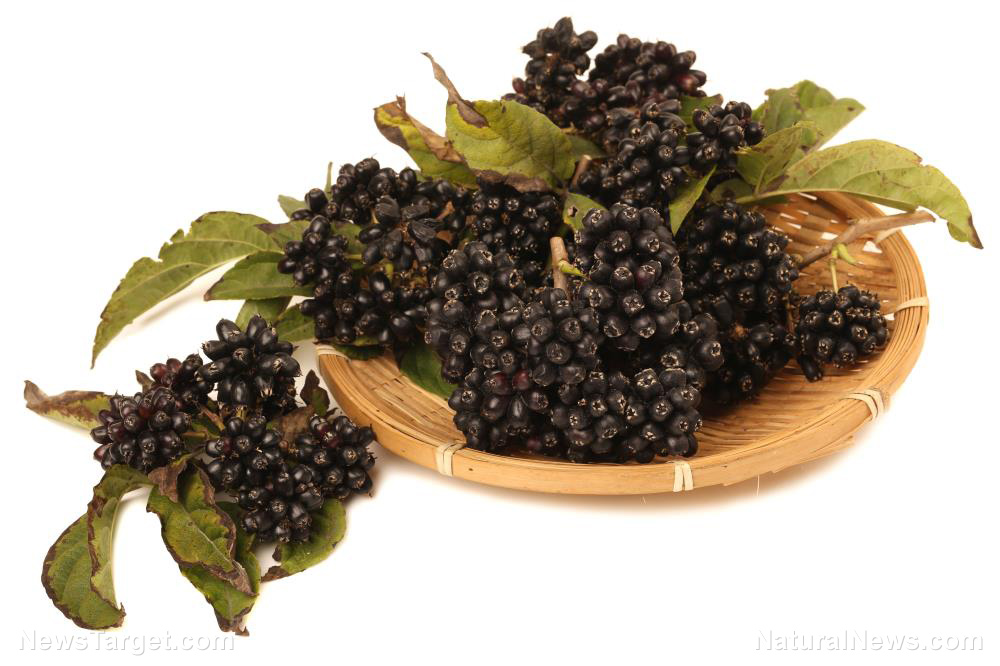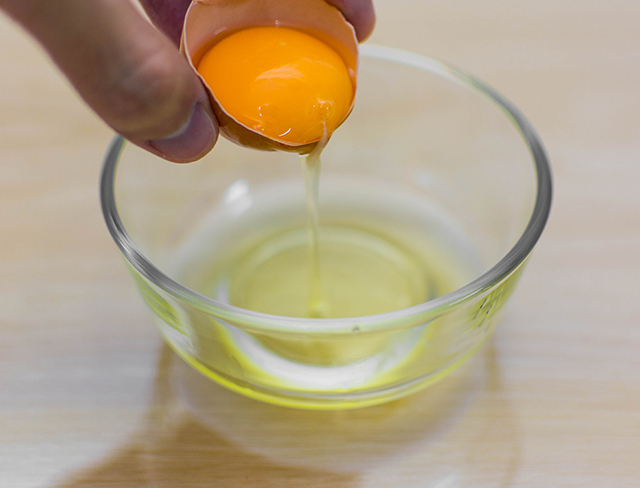Nicotinamide protects hepatocytes from palmitate-induced cell death
06/19/2019 / By Michelle Simmons
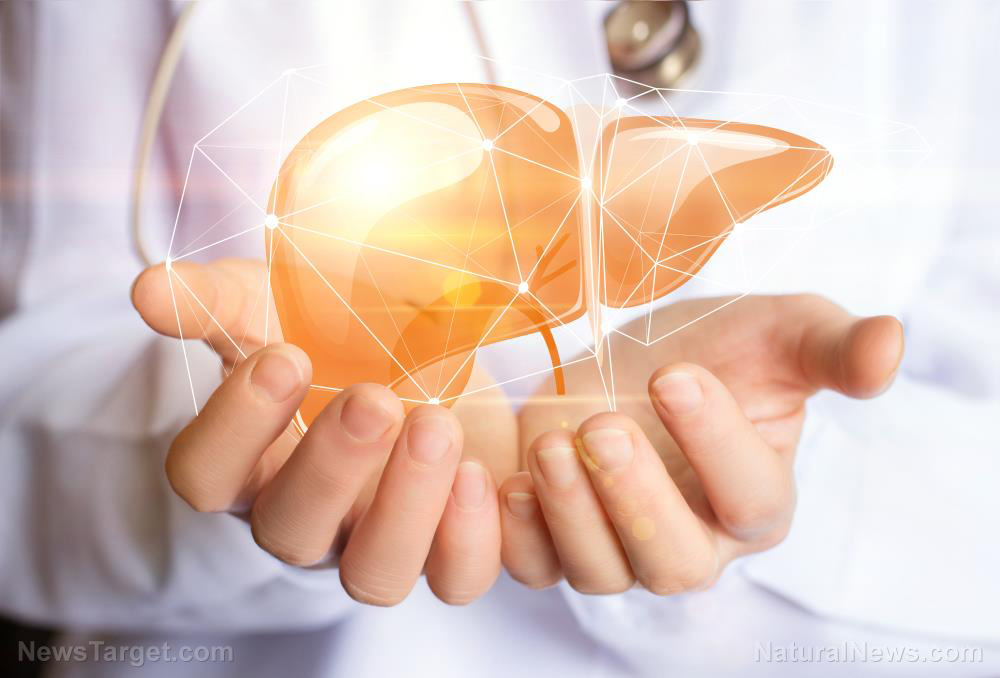
Researchers from the University of Illinois at Chicago, Zhejiang Chinese Medical University, and Harbin Medical University in China examined the anti-lipotoxic effect of nicotinamide. The results of their study were published in the journal Nutrition Research.
- Lipotoxicity induced by saturated fatty acids contributes to the development of non-alcoholic fatty liver disease (NAFLD); however, the exact mechanism behind this remains unclear.
- Palmitate is the most abundant saturated fatty acid in the circulation and a major lipotoxic inducer.
- Research suggests that autophagy induction is protective against palmitate-induced cell death in a variety of cell types, including hepatocytes.
- The researchers previously reported that nicotinamide, which is the amide form of vitamin B3 and a dietary supplement, can give hepatocytes resistance against palmitate-induced endoplasmic reticulum stress.
- In this study, they found that nicotinamide supplementation protected hepatocytes against palmitate-induced cell death by activating autophagy in hepatocytes.
- They also discovered that autophagy induction is responsible for nicotinamide’s anti-lipotoxic effect.
- Furthermore, their study demonstrated that the inhibition of sirtuin 1 (SIRT1) weakened autophagy induction in response to nicotinamide supplementation and repealed the anti-lipotoxic effect conferred by nicotinamide supplementation.
- Their findings suggested that nicotinamide can protect against palmitate-induced liver toxicity via SIRT1-dependent autophagy induction.
Based on these results, the researchers concluded that nicotinamide supplementation represents a therapeutic choice for NAFLD.
For more studies on natural treatments for liver diseases, visit AlternativeMedicine.news.
Journal Reference:
Shen C, Dou X, Ma Y, Ma W, Li S, Song Z. NICOTINAMIDE PROTECTS HEPATOCYTES AGAINST PALMITATE-INDUCED LIPOTOXICITY VIA SIRT1-DEPENDENT AUTOPHAGY INDUCTION. Nutrition Research. April 2017;40:40-47. DOI: 10.1016/j.nutres.2017.03.005
Tagged Under: alternative medicine, anti-lipotoxic, autophagy, dietary supplement, disease treatments, fatty liver, hepatocytes, liver disease, liver health, NAFLD, natural cures, natural medicine, niacin, nicotinamide, non-alcoholic fatty liver disease, nutrients, palmitate, prevention, research, supplements, vitamin B3

